Time for tea! Tea drinking is a national pastime in Russia and a tradition observed both a home and at the office. The photo below is an original Russian samovar (самовар) from our home.
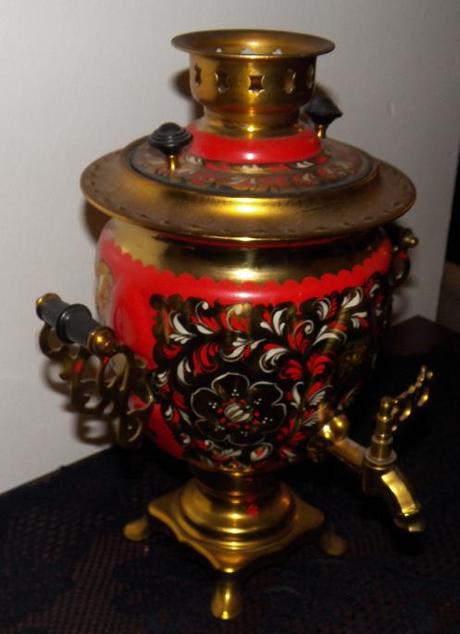
This samovar was manufactured at the historic Tula Engineering Plant named for General Vasily Vannikov. The city of Tula (Тула) dates back to the 15th Century and is the center of Russian Samovar production. The emblem stamp for this factory is on the bottom of the samovar and the name of the city is one the front.
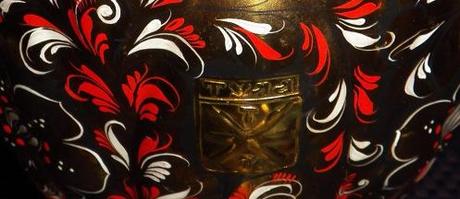
There are always samovars for sale on auction sites like Ebay and we’ll pass along a couple of things to look for when evaluating something you see online. First off is the description of an appliance as an “antique” and by Russian law an item is not antique until at least 50 years old.
Unless it is already outside of Russia, you should keep in mind that it is illegal to transport an antique outside of Russian borders without proper documentation which is both time consuming and means paying export taxes.
Most genuine antique samovars are either charcoal or wood fired, not electric. Those frequently have a “chimney” running up the center of the appliance and in the video below you can watch how firing a samovar is accomplished.
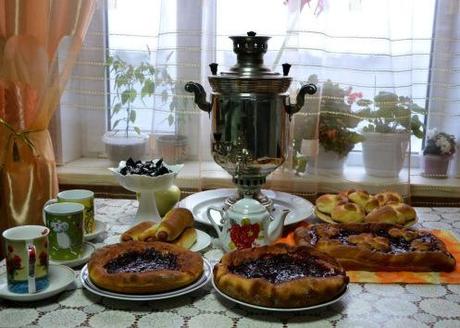
Our samovar was manufactured in the factory named for Boris Vannikov. Born on 26 August 1897 in Baku (Soviet Azerbaijan), Vannikov was a Russian three-star General who was arrested and thrown into prison during the Stalin years of terror.
When Nazi Germany invaded Russia in 1941 Stalin needed experienced Generals and since Vannikov had not yet been executed, he was released and put in charge of the Army’s ammunition manufacture and distribution. Later he would become head of the Soviet Nuclear weapons research program.
After the war and Stalin’s death he was demoted when Nikita Khrushchev came to power. Later Vannikov’s name was added to the Tula Engineering Plant as a honourary distinction for his tireless work during the war. He retired in 1958 and died in February of 1962.
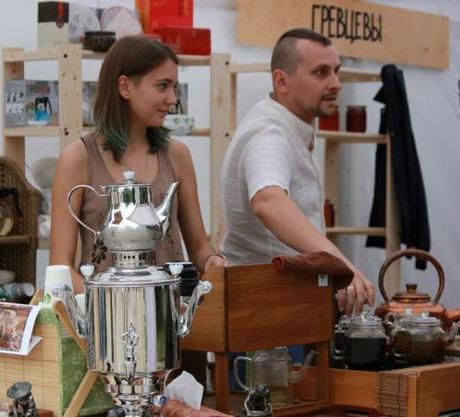
Many samovars have the capacity to hold a smaller teapot at the top of the appliance. This allows steam from the boiling water to keep the tea mixture warm.
Reproductions are common and they typically don’t have the same stamps if any at all. Don’t fall for one that reads “Made in Russia” in English with no factory stamp or Cyrillic markings.
Russian law forbids these appliances to be labeled in any other language than Russian and the markings must include the GOST rating for piping and electrical capacity, the efficiency rating for kilowatts per hour, the year of manufacture and the emblem/stamp of the factory where it was produced. If those things are missing you have a reproduction, not an original.
A samovar made in Russia will always have stamped metal on the bottom so turn it upside down. If there are no markings, it probably wasn’t made in Russia and in no circumstances will you find Latin/English lettering as that would violate Russian regulations on product identification. Unfortunately some samovars listed as Russian online may not be Russian at all.
A genuine appliance will have lettering underneath in Cyrillic Russian along with the factory stamp (emblem/logo). Ours is stamped as зшв = Initials translated as “ZSHV” is the official “stamp” (logo/emblem) of the Tula Engineering Plant–Boris Vannikov.
220В = reads 220 volts (with Northern European type plug).
1 кВт. = reads 1 kilowatt as in the amount of energy used per hour.
ЭС ГОСТ 7400-75 = refers to the type of Soviet approved metal and electrical components used in water heating. This was the approved standard for Samovars at the time. The numbers will vary but you should always see the word GOST (ГОСТ) which are measurements relating to the state’s standards for a wide variety of products.
3л = 3 litres as the amount of water the unit holds.
47р. = A Soviet “efficiency” rating on how quickly the unit heats. This number will vary also. We have another samovar in Bulgaria from the same factory with a 31p. rating. These ratings only apply to electric versions.
Russians don’t drink a lot of coffee and tea (not vodka) is the number one Russian beverage consumed daily by the typical Russian household. Today most Russian homes keep a samovar like this one for decoration and for serving hot water when guests arrive. Guest are always served tea upon arrival.
When no guests are around they use small 1 liter electric water pots like you see in some American homes and these are called “Chai-nik” units as “Chai” is the Russian word for tea and “nik” is a common way to indicate something is small.
How to make tea using a samovar:
A Samovar, spelled самовар (s-a-m-o-v-a-r) in Russian Cyrillic is simply the way to boil water quickly with a spigot on the appliance for pouring. Tea is never made inside the unit. While the samovar is heating water to a boil, the host/hostess prepares loose tea leaves in a decorative tea pot. Once the water is boiling the host/hostess fills the teapot with hot water from the samovar spigot. The loose tea leaves are going to make a very strong tea very quickly and so it needs to be diluted. Tea from the teapot is pouring into cups, about half full. Then the hostess takes the cups and adds hot water from the samovar to complete the dilution process before serving.
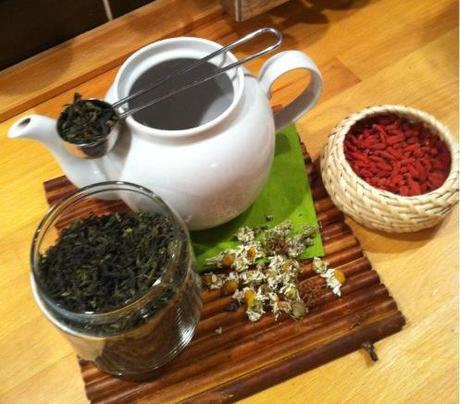
Sugar is often served in cubes. Most of the time Russians don’t use cream in tea, but some do of course. Some cake, pastry or chocolate is served with the tea. Desserts and tea make for a wonderfully relaxing experience.
We understand that your own samovar will generate some fascinating comments as a “conversation piece” in your home so hopefully this extra information will make your experience as owner of a samovar to be rewarding.


COMMENTS ( 1 )
posted on 27 October at 21:00
Ray Ban Sunglasses 2185 07 topo designs http://www.glassesseller.com/topo-designs-c-50_231.html